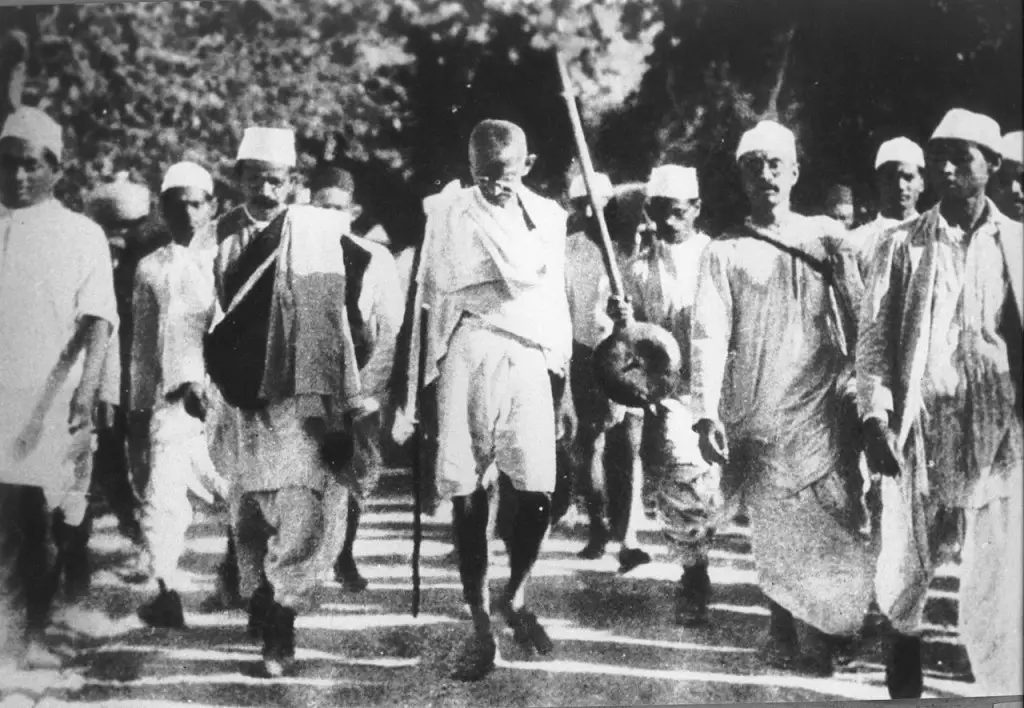 Independence is never given, it’s fought for. Snuggled in our cosy surroundings with Ipads and laptops, we wouldn’t understand the true meaning of these words, the way our ancestors did. Today, India being a proud democracy, gives voice to not just consent but also dissent. But it wasn’t always like this. The freedom that we so grudgingly take as our birth right, has been a sacrificial war fought by our ancestors. Stated below are some of the interesting facts about India’s freedom struggle.
Independence is never given, it’s fought for. Snuggled in our cosy surroundings with Ipads and laptops, we wouldn’t understand the true meaning of these words, the way our ancestors did. Today, India being a proud democracy, gives voice to not just consent but also dissent. But it wasn’t always like this. The freedom that we so grudgingly take as our birth right, has been a sacrificial war fought by our ancestors. Stated below are some of the interesting facts about India’s freedom struggle.
Fact 1: Even though it’s hard to believe, the colonization of Indian subcontinent stemmed from the British rulers’ ‘call of conscience’ as they found Indians to be conservative and backward. They felt it to be their rightful duty to civilize the people and bring them at par with the fast advancing western world.
Fact 2: In 1930, the Civil Disobedience Movement, with a goal for complete disobedience of the British orders had set the First Independence Date as 26th January. However, the British Government managed to repress the movement by brutal firing and thereby killing hundreds of people.
Fact 3: Sepoy Mutiny (1857), which made Mangal Pandey a famous figure and further succeeded in the dissolution of the East India Company, was also known as the First War of Independence. The rule was later taken over by the British crown.
Face 4: England’s decision to fight World War Two – against the wishes of the Indians themselves – had a major impact on the resources of the British Empire which were already bleak following the First World War. This proved to be a significant pivot in India’s future.
Fact 5: Religious rivalry has always been at the foot of Indian issues right from the beginning. The Hindu-Muslim rivalry has slyly delayed the India’s independence by consistently shaking the unity among Indians. It was also the reason behind the failure of the second Round Table Conference in 1931, London.
Fact 6: Marathas fought the battle of supremacy with the British long before the First War of Independence. The Maratha clan was regarded fearsome in the entire Nation before the last Anglo-Maratha war (1817-1818) which resulted in complete destruction of the Maratha confederacy.
Fact 7: Women like Bhima Bai Holkar had initiated their fight against the foreign rule in the early 1800s itself. Defeating the British commissioned military officer, Malcolm, she was also the inspiration behind Rani Laxmi Bai’s heroism.
Fact 8: The struggle for freedom had sprawled across the Nation evoking leaders from various States to defy the British Rule. Raja of Khariar, Maharaj Krishna Chandra Singh Dev of Orissa is one such example. Raja of Khariar defied the British government by ignoring their multiple warnings received against protecting Veer Surendra Sai – one of the many neglected freedom fighters who died a silent death – and assisted him, in his mission to oust the British Rule. For the protection he granted to Veer Sai, he was regarded as dangerous Chief in British correspondence.
Fact 9: The Jallainwala Bagh massacre, where thousands of civilians met for the festival of Baisakhi in Amritsar were shot by Brigadier General R.E.H Dyer, was a result of the Anarchical and Revolutionary Crimes Act, famously known as the Rowlatt Bill, introduced in 1919. The gathering of the crowd for a private festival was mistaken for a revolutionary meeting resulting in the brutal and indiscriminate firing.
Fact 10: Kasturba Gandhi, wife of Mahatma Gandhi who was a staunch supporter of her husband’s fight for freedom, was also the first woman to be imprisoned in Transvaal, South Africa. She died while imprisoned in Poona, India, after her involvement in the Quit India Movement.










Leave a Reply